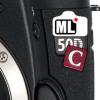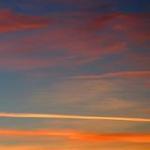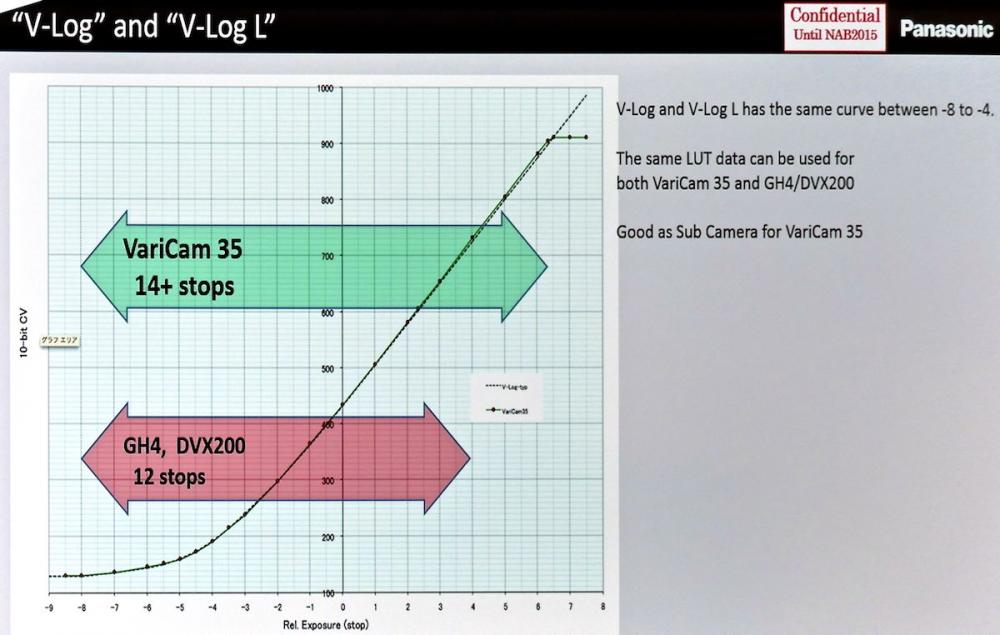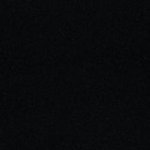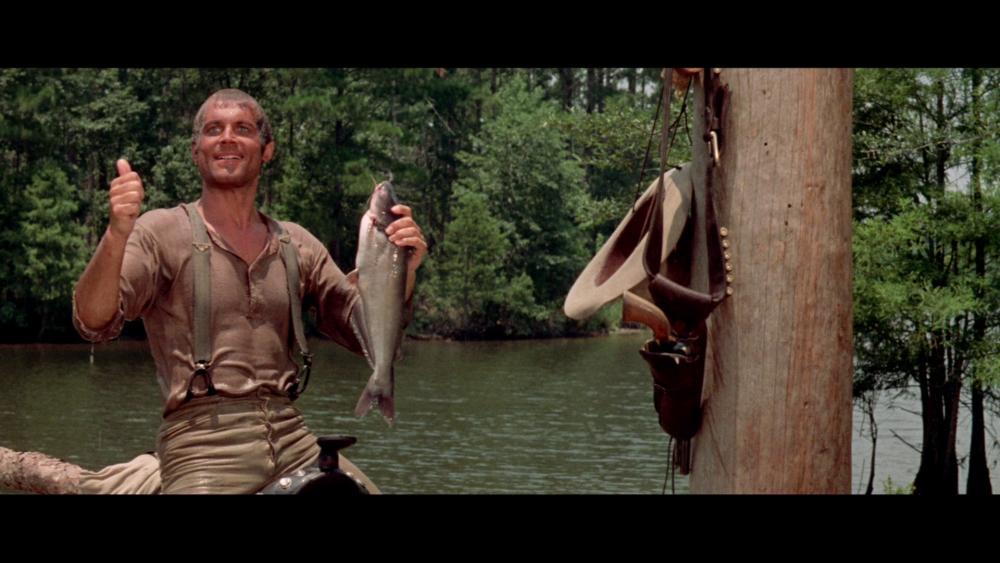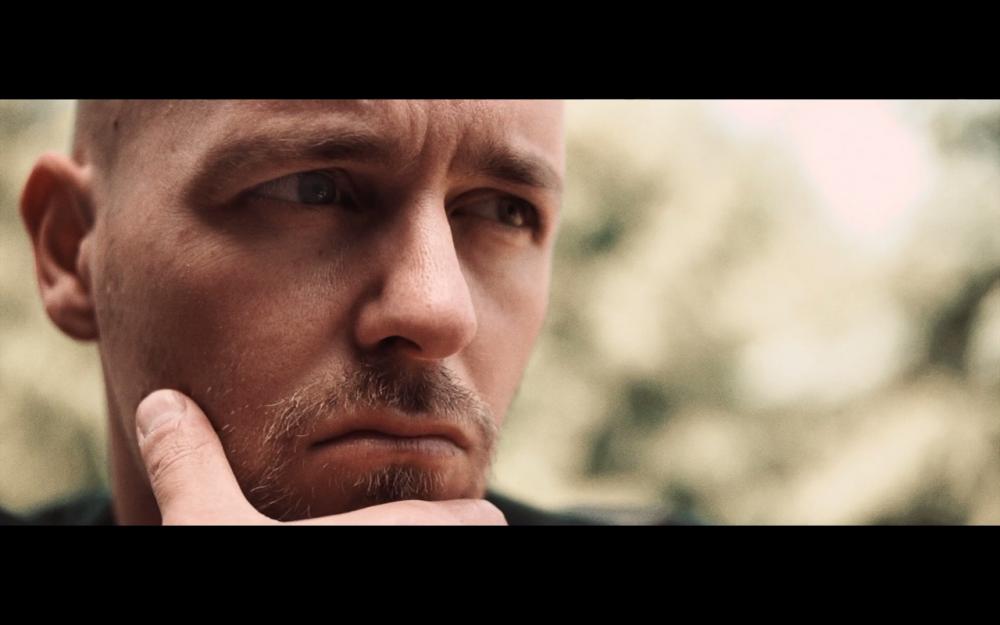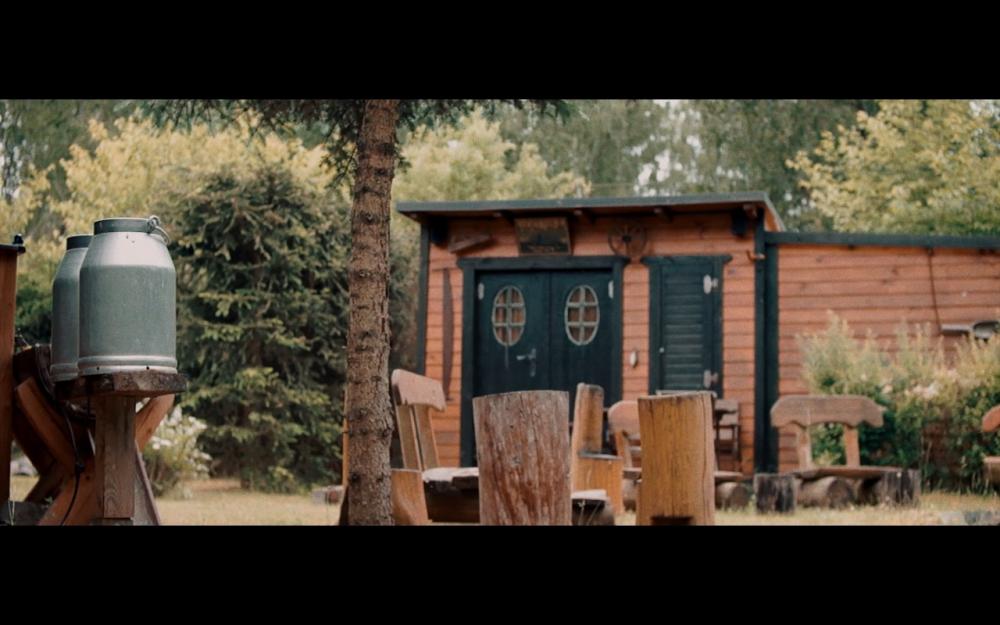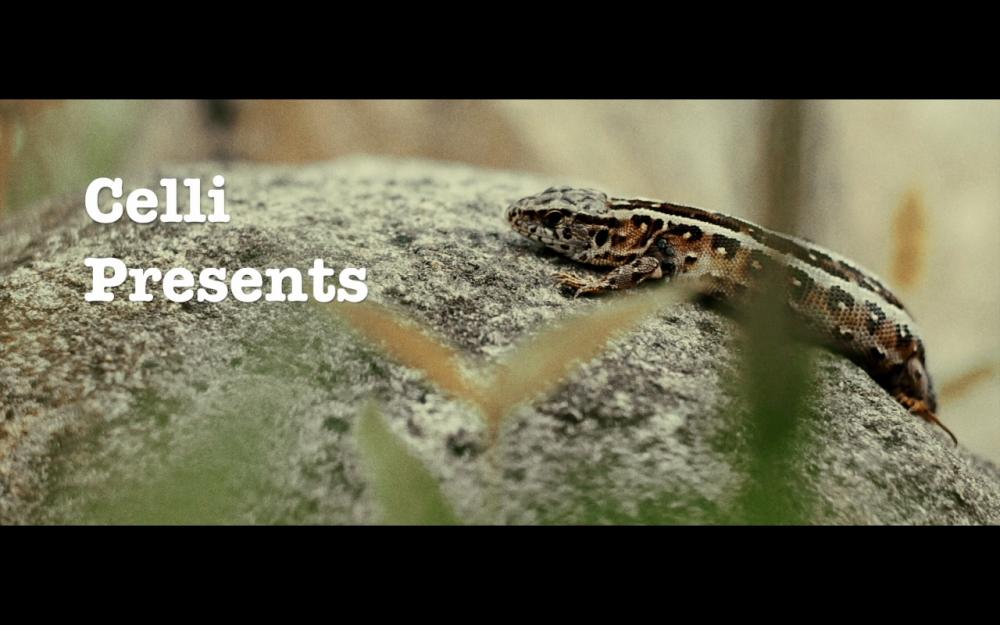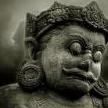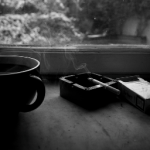Leaderboard
Popular Content
Showing content with the highest reputation on 06/21/2015 in all areas
-
@Jordan Drake Good to see you here! You shot the G7 review on the GH4 V-LOG L, right? Can you tell a bit more about the grading etc?2 points
-
The importance of firmware updates and why Panasonic are too late with V-LOG for the GH4
tokhee and one other reacted to Caleb Genheimer for a topic
The footage I've shot in the past month alone, with just my NX1/16-50/Ronin M trifecta, is proof to me that Samsung could crush everyone else if they play their cards right. They've nailed everything except the codec. The Autofocus is insane, the BSI sensor is a beast, the build quality is pro, the batteries last long, the tech inside is from this century. Even the h.265 is good in theory, but rather than use the superior compression for smaller files, they should use it for higher quality, 10 bit. Sure, the Sonys offer "more", but look at the price tags.2 points -

The importance of firmware updates and why Panasonic are too late with V-LOG for the GH4
nahua and one other reacted to Jordan Drake for a topic
Loving the V-Log L beta Panasonic Canada got me!2 points -
For professional photography, which requires AF most of the time, I can understand. However, if they were to invest in Nikon-F mount lenses, there would be no probably with system jumping. It's actually why I invested in a bunch of Nikon AIS lenses years ago. They've survived the jump from my 7D, to NEX-5, to D7100, to GH3 to BMCC and BMPCC, to GH4, to A6000 and A7s. In fact, I'd say the Nikon 28mm AIS F2.8 is the best lens I've ever owned. Not only in build-quality, but in optics. Masterpiece of a lens.2 points
-
Lenses
Mattias Burling reacted to mercer for a topic
Those Kerns are excellent. They may be the ultimate lenses for the bolex or bmpcc.1 point -
Lenses
mercer reacted to Mattias Burling for a topic
Have some test frames from the cheap Kern-Paillards I posted earlier.1 point -
Aren't the A7RII crop and the NX-1 native the same? I would expect very similar output from the two.1 point
-
How did you come up with the 5.6 depth of field?1 point
-
my choice would be this:- Metabones Speed Booster Ultra Maxi= optics to provide 0.6x focal reduction from 80mm image circle to 44mm image circle (medium format down to full frame). No expense spared, even if it were the same cost as an otus. mount: hasselblad v/rolei 6000 to e-mount - with electronic interface for af and aperture control of rollei lenses. I'd love to compress all the information from my rollei apo symmar 90mm onto the 42mpx a7rii sensor. Metabones / caldwell ? You hear me?1 point
-
Make sure to read the description on Youtube.1 point
-
Olympus E-M5 Mark II - love and hate at first sight
CTRT reacted to Mattias Burling for a topic
Can church of magic cure Moire? If so, count me in.1 point -
Ever since the whole Neil Young thing I've been wondering about this too and was first inclined to agree Neil, who I'll always agree with in fender amp selections, but in this respect it seems that he might be wrong, 16bit 44.1kHz is about all the human ear can hear, 24bit 48khz is more necessary for recording and mastering overhead, but not for final delivery. Format wav vs aiff etc is not as important as the codec, i.e. pcm_s16le etc. In a terminal (if you have ffmpeg installed) you can see the audio codec options by typing: "ffmpeg -codecs | grep DEA" - this will give you a list of supported encoding and decoding audio codecs. Best reference I've found on this topic, which I think was also in response to "pono". http://xiph.org/~xiphmont/demo/neil-young.html Specifically with respect to the bit rate issue from the article link above: When does 24 bit matter?Professionals use 24 bit samples in recording and production [14] for headroom, noise floor, and convenience reasons. 16 bits is enough to span the real hearing range with room to spare. It does not span the entire possible signal range of audio equipment. The primary reason to use 24 bits when recording is to prevent mistakes; rather than being careful to center 16 bit recording-- risking clipping if you guess too high and adding noise if you guess too low-- 24 bits allows an operator to set an approximate level and not worry too much about it. Missing the optimal gain setting by a few bits has no consequences, and effects that dynamically compress the recorded range have a deep floor to work with. An engineer also requires more than 16 bits during mixing and mastering. Modern work flows may involve literally thousands of effects and operations. The quantization noise and noise floor of a 16 bit sample may be undetectable during playback, but multiplying that noise by a few thousand times eventually becomes noticeable. 24 bits keeps the accumulated noise at a very low level. Once the music is ready to distribute, there's no reason to keep more than 16 bits.1 point
-
I assume everyone saw this - "The log curves for the Varicam, the DVX200, and the GH4 (the latter coming in a firmware update later this year) are exactly the same over their common ranges. The DVX200 and GH4 will simply clip two stops earlier than the Varicam, but that’s still about two stops more than the GH4 currently captures." http://www.dvinfo.net/article/acquisition/panasonic-avvcam/nab-15-from-the-panasonic-private-suite.html1 point
-
Slightly off topic but fun - have a go at this: http://www.npr.org/sections/therecord/2015/06/02/411473508/how-well-can-you-hear-audio-quality1 point
-

Panasonic GH4 body or lens kit?
Shepard HS reacted to TheRenaissanceMan for a topic
More information, son! What do you like to shoot? What's your lens budget? Are you a prime guy or a zoom guy? Is the IS important to you, or do you like to stay on a tripod? The more we know, the better advice we can give.1 point -
The camera/firmware race is great! The real problem, and I really have little hope for a solution, is that normal people can't jump from/to a Sony, Samsung, Panasonic, Canon without having to rebuild a lens set. Adapters are OK sometimes or too expensive. For the price of a Metabones adapter I can get a LX100!!!1 point
-

Anyone here experienced in shooting a western?
Xavier Plagaro Mussard reacted to Celli for a topic
In this last year I shot a bunch of rather meaningless clips and pictures while out for a walk or when biking to familiarize myself with a rather modern camera (Sony Nex-5R). Last time I used a video camera was 20 years ago. Me and my friends enjoyed shooting short movies alot at that time and we plan to come back to it before we are too old for this shit. Anyway, I am able to use a rather nice set-up reminiscent of a mini western saloon (from the outside at least). We are huge fans of Terence Hill/ Bud Spencer movies and its only natural we want to make a short based on those. Script is kind of finished, it will be an assassination attempt like the very first part of "my name is nobody". Dont get mad about the the gun thing, there wont be any. This assassination attempt will have a strong comical twist. Also me and my buddies were rather skilled in martial arts when we were young, so any action involved will be some kicks and punches (hopefully still good looking) Just watched "my name is nobody" recently to get a feeling for it and man those old movies are really nicely framed and shot. I would like to use this movie as base model. But those nice dusty browns and yellows with tons of color seperation within them will probably be very hard to match. Same for those reddish glowing skin tones. So my question is: What else is important to consider when shooting a western like this? Any kind of advise is highly appreciated. Never done that before;) -Camera will probably be my trusty moire and aliasing happy Nex-5R (Kit-lens and 35mm T1.4 lens, maybe some FD primes and zoom lenses) -Grading in Resolve Ah, and this is just for fun, neither me or my friends work in any way professional in this field. But still I want it to be as good as possible. Here some screen grabs from the set-up trailer I shot to get my buddies hyped...and one from "my name is nobody" as a reference.1 point -
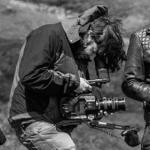
What lenses would you like to see in the future? Design one.
Jonesy Jones reacted to Oliver Daniel for a topic
Sigma ART lenses built into a cinema housing, electronic and manual aperture. Made by Sigma and not a third party to keep costs down (like GL Optics). "Party Trick" lens collection, built from the ground-up to include internal special FX. Distortions, strange bokeh, light leaks, bending, tilt-shift, lens whacking, other weird stuff. Has AF for photography.1 point -
The A7RII isnt even out yet, and for some reason this makes the GH4 (which is now over a year old and a third of the price) insignificant? Do brand new camera releases suddenly mean the previous awesome camera (GH4) isn't awesome enough to film with? I haven't bought a GH4, A7S, NX1, FZ100, LX100, G7.. (or any other 4k mirrorless). Still using my GH3 as the small camera. It does fine, still makes money. Doesnt have V Log or 4k and is just as good as when I bought it 2 and a half years ago. All on cheapo FD lenses. Firmware is a simple equation. Either crippled for product segmentation or promising the world (whilst delivering poorly in other key areas such as battery life!). Let's just buy ALL the cameras and we can have all the firmware we want! I do agree firmware is very important though. Poor firmware affects my creativity. The slow, sluggy speed of the FS7 menus means I have less time to work on the shot. The Monitor LUT dissapears. WHY!? The 1DC (official cinema DSLR champion) doesn't have peaking. And this camera launched for $634,000,345 as a Cinema EOS whatever thingy. "Modern" firmware is the way forward. Samsung has ideas and Blackmagic really seem to be onto a really simple, inutitive, elegant system. Sexy.1 point
-
While I agree that V-log on the GH4 should be released Asap, since it is already late I kind of disagree on releasing lots of firmware updates. I feel that Samsung should have done more to make the H.265 format more editing software compatible. That is doing its bit for greater sync. The biggest complaint of users was inability to use the codec either completely, or fast enough, and that workflow was seriously hindered. Right now the GH Series only lacks in-body stabilisation and higher ISO. The higher ISO is partially dealt with by faster lenses, that with the new metabones adaptor go all the way up to f.0.8. That's 2/3rd of a stop more light that an f2.8 lens. While I am sure the next in the GH series may consider in-body stabilization, new pistol gimbals have mostly dealth with that too. One can add these, considering the Enormous Price difference betwern Panasonic and its Sony competitors. About the Varicam, well it records in 3 different formats, simultaneously, and has some very interesting in-camera grading options apart from a host of other great features. The good thing about Panasonic from GH2 onwards, is that they seriously listen to user feedback. Only if they would hurry up with the V-log now.1 point
-
Should I switch from Lumix Micro Four Thirds line to Sony AR7 II?
Henry Gentles reacted to luizhmgoncalves for a topic
I have been using the Blackmagic Pocket for a while. For me the major advantage is the Dynamic Range / Latitude of this tiny camera. Its so easy to use and to expose for your shot. Walking trough a corridor from dark to very light situation is when you see the greatness of shooting in a format like the prores or Raw. When you look at the screen and expose for dark part of the corridor and when you go to the extreme light and the zebras are not even appearing on the screen, its great. I have shot side by side whit canon cameras using the BMDcolor profile or the Cinestyle and we always have to change the exposure not to lose the highlights. And the Blackmagic on the same situation always shines. Even with a log profile on a 8bit camera when you have a blowing highlight with a very well exposed shot, you lose a lot of information on that highlight not for recovery but for a more filmic highlight. That new sony camera is a impressive camera. Full Frame with sensor stablization and 4k slog-2 internally, its huge. But you will have to sell all your lenses and camera and pay 3200 dollars for the camera and a lot more for new glasses. If you need versatility you will have to buy 3 or more good lenses. If money is not your problem, then its really worth it. full frame is great when you kwon how to get the best with it. But if you want to keep your lenses my choice from personal experience is the Pocket. Its really a great camera. In some blockbusters they are using Blackmagic cameras to pair with the alexas. Look at that: Thats how they shoot Mad Max running trough a corridor on the beggining of the movie. They dont chose a 5D, that is more lighter camera and full frame. They chose the blackmagic for the great colors and gradability of the footages. Its really a good match for the alexas in skintones, etc. They only use the 5Ds as a crash cams because its has a really rigid body and can preserve the Card and files very well, from a explosion or a car crash... And the Pocket has the same image quality as the Cinema camera but at 1080p. The cons of the Pocket: High ISOs like the sony A7s ( When i look at a 51200 iso footage from a A7s the hightlights are so terrible not filmic, and unrealistic that i dont know if it really worth it. But i have never grade a footage from that camera so....) And you have a nokton 0.95 thats really great. I shoot With the Blackmagic pocket in a very low light streets with a rokinon 16mm f2 and for me it really look very well. Battery times The baterry is really a problem, but yoou can use a externa batery or even buy a lots of then. I buy on ebay 10 EN-EL20 batteries for 8 dollars each and they are good enough for a day of shooting. For long time shooting go for an external battery File sizes Even the prores proxy is much better than a 8bit compressed file, it is 10 bit. If your shot has a lot of movement like foliage you can switch for the prores LT And if you shoot raw, sometimes i do that: Convert the raw whit camera raw with a similar look to the prores BMD log and render it as a prores for small file sizes and gaining the much greater latitude, colors and grain form the raw file. With 3200 dollars from the A7r II you cam buy a Pocket camera with lots of cards and battery an even buy the new 10.5mm 0.95 voitglander and have a great low light wide lens. 4k is good but a 1080p camera with good colors dynamic range and latitude worth it, really worth it. Thats my opinion, choose wisely before you sell your lenses, and sorry for my not so good english.1 point -
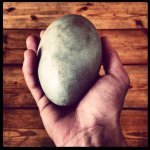
A7s Using an E-Mount (Loss of sharpness?)
exomonkeyman reacted to Miraud for a topic
Exomonkeyman - do't listen to any of the bullshit coming from the wedding photographer. Those lenses are fine, and usable at t 1.5. Don't buy a zoom, working with primes makes you a better DOP. I have shot a bunch of stuff on the samyang lenses, paid stuff, shortfilms, documentaries - they are very good value, with focus gears, smooth aperture control and an ok built quality. Check this out my friend studying cinematography shot on those lenses and a black magic cinema camera:1 point

